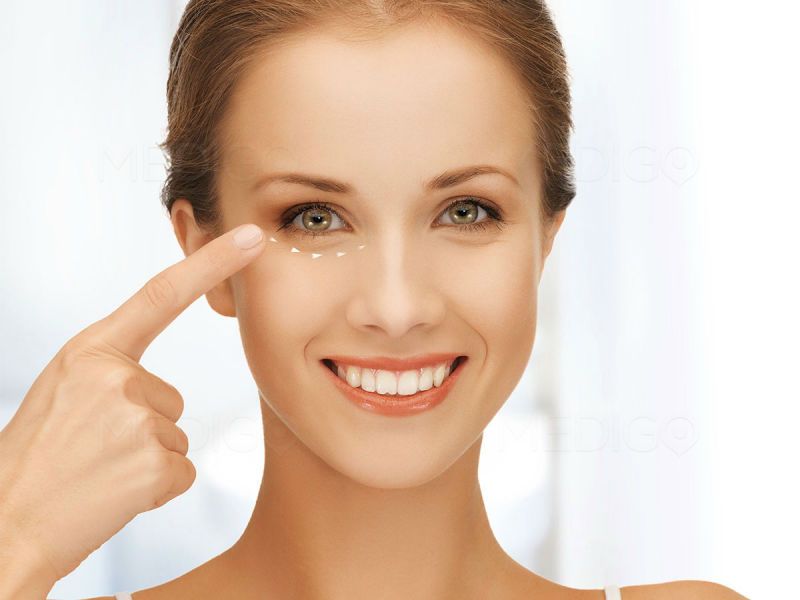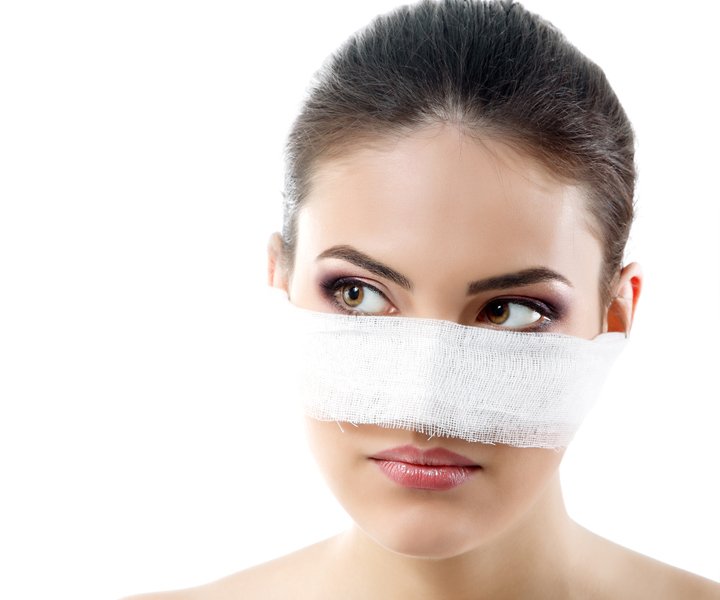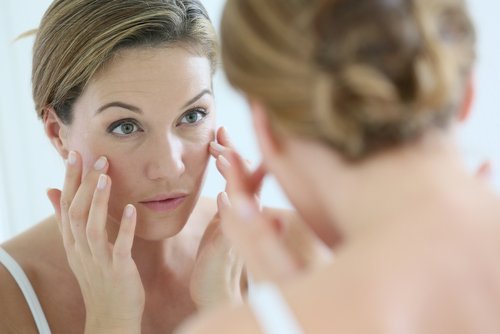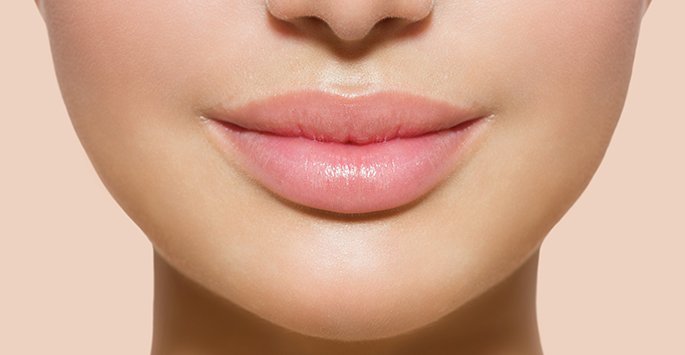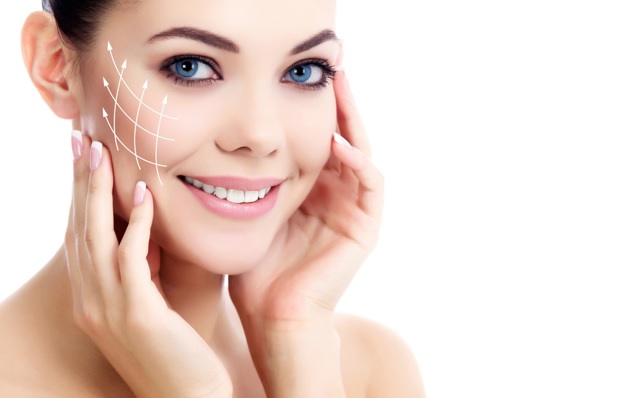Top 6 Nose Job Myths
A rhinoplasty, or what is more commonly known as a “nose job”, is a type of surgery performed on the nose to change or improve its shape and function. It is not only done for aesthetic purposes but also because people get their noses done to correct their breathing problems or disfigurement caused by defects at birth or trauma later in life.
If you are planning on getting a nose job, then it is crucial that you do your research first. This is critical because you need to separate the myths from facts that surround this extremely popular cosmetic procedure. The following are the top six nose job myths.
Myth #1: Any plastic surgeon can perform a nose job
Rhinoplasty is a critical procedure, but a lot of patients think that any plastic surgeon can perform a nose job surgery. The nose is considered one of the most complicated parts of the body because of its intricate anatomy. Thus, a nose job should not be done by just any plastic surgeon. Only board-certified facial plastic surgeons that have performed many rhinoplasty procedures are certified to perform this process.
On the bright side, surveys show that 83.6% of patients were satisfied with their nose job procedure… which means that 16.4% were dissatisfied. Don’t be in that minority. When you look for a plastic surgeon that can perform rhinoplasty on you, make sure that you ask about his or her board certification for facial plastic surgery as well as the number of nose jobs they have performed.
Myth #2: Rhinoplasty is a very simple procedure
Just because the nose is a tiny bump on your face does not mean that the procedure is simple. The main reason why rhinoplasty is a very complicated procedure is that even a millimeter of change done in one area of the nose can lead to a very dramatic change in terms of function, ease of breathing, and overall look of the entire nose.
For instance, reducing the nose bridge requires the plastic surgeon to make small cuts in the interiors bones to balance out the look of the nose. The anatomy of the nose alone makes this procedure very complicated.
Myth #3: It is an expensive procedure
Contrary to popular belief, there are many ways you can save money on this procedure. First, many insurance companies can cover some of the cost of rhinoplasty under special conditions. For instance, patients who have a deviated septum due to trauma can have their insurance companies approve the funding of their rhinoplasty. On the other hand, if the purpose is purely for aesthetics, you can still get financial interventions by inquiring with your doctor. Some doctors provide such financial options for people who want to get rhinoplasty.
Before you embark upon your foray into cosmetic surgery, be aware of the various fees you may incur along the way:
- The cost of the actual surgery
- Paying the anesthesiologist (who may or may not be in the same network as your surgeon)
- Hospital fees (again, inquire about your insurance plan/network before you book your stay)
- The cost of the medical tests that precede your procedure
- The price of the pain medication you may need after the surgery
- Paying for any specialized compression garments your doctor might recommend
Myth #4: You can get any nose that you want
As mentioned earlier, the anatomy of the nose is very complicated and each patient represents a lot of uniqueness. Having said this, you cannot get any nose that you want. Ethical plastic surgeons will always design a new nose for you that will not only look good on your overall appearance but will also improve its function.
If you still insist on getting the nose that you want, then you might end up having breathing problems in the end. So, make sure that you always communicate clearly with your surgeon. That way, he or she can make recommendations to balance your desires and health.
Myth #5: Rhinoplasty is painful
Nose jobs have come a long way since their infamous inception. The first such procedure dates back approximately 2,500 years to ancient India and involved removing a flap of skin from the patient’s cheek to craft a new nose.
The reality is, modern rhinoplasty is not a painful procedure. During the procedure, the patient is placed under general anesthesia. So they will never feel any pain during the entire operation. Once awake, doctors will give them pain medications to reduce the discomfort. Although not entirely painful, there are some discomforts such as swelling around the eyes, bruising, and congestion but they naturally relieve themselves after a week. No cheeks required.
Myth #6: Only women get nose jobs
Although most of the patients who get nose jobs are women, the number of men who are also getting this procedure is on the rise. According to recent statistics, male cosmetic surgery has skyrocketed over 100% over the course of the past generation, meaning it’s not just for women anymore.
Male patients get rhinoplasty to improve the cosmetic and functional performance of their noses. So, if you are a man and you want to get rhinoplasty but you’re hesitating because it is a popular procedure among women, think again!
Rhinoplasty in Los Angeles with Doctor Binder
If you feel like you may be a candidate for rhinoplasty, or you’ve been recommended to have one by another medical professional, contact Doctor Binder to schedule an appointment today. During your consultation, you will be encouraged to discuss your options and ask any questions you may have in greater detail. Feel free to bring up the myths debunked in the article above!
recommended having one by another medical professional, contact Doctor Binder to schedule an appointment and consultation to discuss your options and any questions you may have in greater detail.





